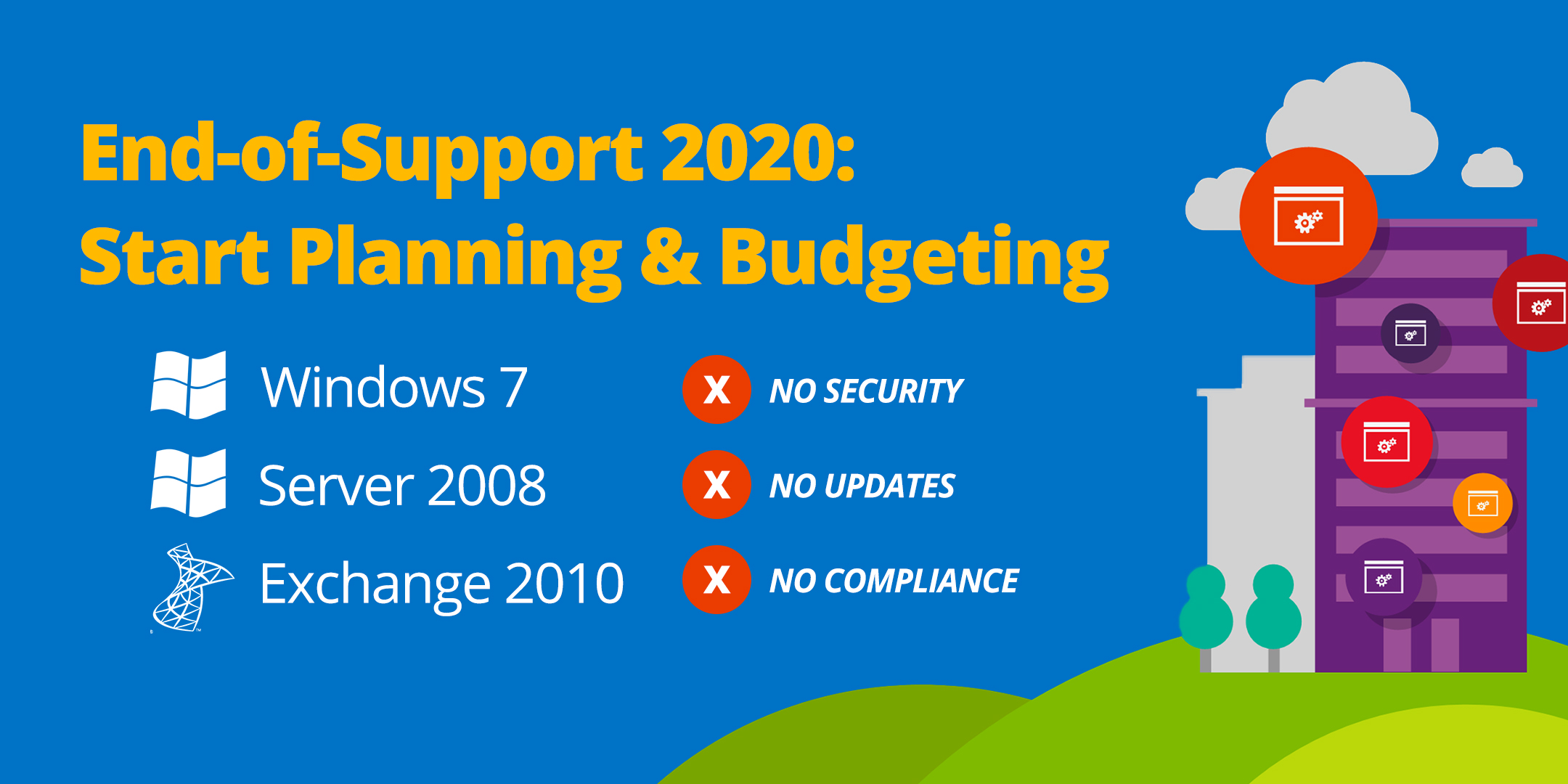

- UPGRADE EXCHANGE 2010 TO 2016 INSTALL
- UPGRADE EXCHANGE 2010 TO 2016 PATCH
- UPGRADE EXCHANGE 2010 TO 2016 UPGRADE
Before you begin: Prepare for the Upgrade Several of my clients have opted to move toward this configuration, until Microsoft figures out a way to get rid of Exchange servers on-prem for good, while still keeping Directory Synchronization (or maybe we’ll just move AD/DNS to the cloud too…). But guess what? It doesn’t need to do much–it’s basically just a management UI, and it can be installed onto any member server, or it can even be added to a Domain Controller (note: technically supported, but not necessarily recommended). I know, I know–that means you still need to keep an Exchange server around. Upgrade your legacy Exchange server to Exchange 2016. If that isn’t going to work for you, I have one more solution to offer: If all you care about is password sync, and you have less than 100 users in your organization, you might consider switching to the Windows Server Essentials Experience password synchronization feature, instead. So what are we to do? You have two choices. Other organizations want to keep Azure AD Connect for enabling true Single sign-on (SSO), pairing it with Active Directory Federated Services (ADFS). Because Azure AD Connect comes with so many cool features! For example, most SMB’s don’t want to lose the ability to synchronize local AD passwords and enable self-service password resets. Microsoft’s official stance regarding hybrid is this: If you remove the last legacy Exchange server from your domain in a hybrid environment, then you should also remove Azure Active Directory Connect (your ability to synchronize passwords to the cloud). P.S: Please keep noted that running MS Exchange on a Domain controller is not really supported.One of the most common frustrations I hear from readers and clients alike is the requirement for keeping a hybrid Exchange server around, even well after all of your mailboxes have been moved to the cloud. Here is a howto which covered that in some very detailed steps. Optional: Once done you could rampup an additional Domain controller and move the AD roles there, then demote the old Domain controller (you might wish to setup an ESXI environment and host Exchange and the Domain Controller on one hardware if your budget force you to do that).Remove Exchange 2010 from the environment.Move the mailboxes from Exchange 2010 to Exchange 2016 (via New-MoveRequest as explained here).Configure MS Exchange 2016 to handle the MS Exchange 2010 traffic (called a Coexistence Environment, see here for some older but still valid infos).

UPGRADE EXCHANGE 2010 TO 2016 PATCH
net 4.7 is currently not supported on Exchange 2016 as written here, so you might keep an eye on the patch management from your new server as it might come in automatically depending on your setup)
UPGRADE EXCHANGE 2010 TO 2016 INSTALL
Install MS Exchange 2016 (you can use the latest CU here, the ISO for the CU included the whole installer, then you start with an up to date environment.Make sure the Schema is up to date to install MS Exchange 2016 (see here for more infos) if there is no Exchange 2016 server installed you need to upgrade that one during or before you install MS Exchange 2016.I would start ramping up an additional server (must be joined to your current domain BEFORE you install MS Exchange 2016 on it keep noted that there is no option to perform an in-place upgrade of MS Exchange, so you need a 2nd server here to move to a higher Exchange server) which will will later one host MS Exchange 2016 and then you need to perform the following steps:


 0 kommentar(er)
0 kommentar(er)
